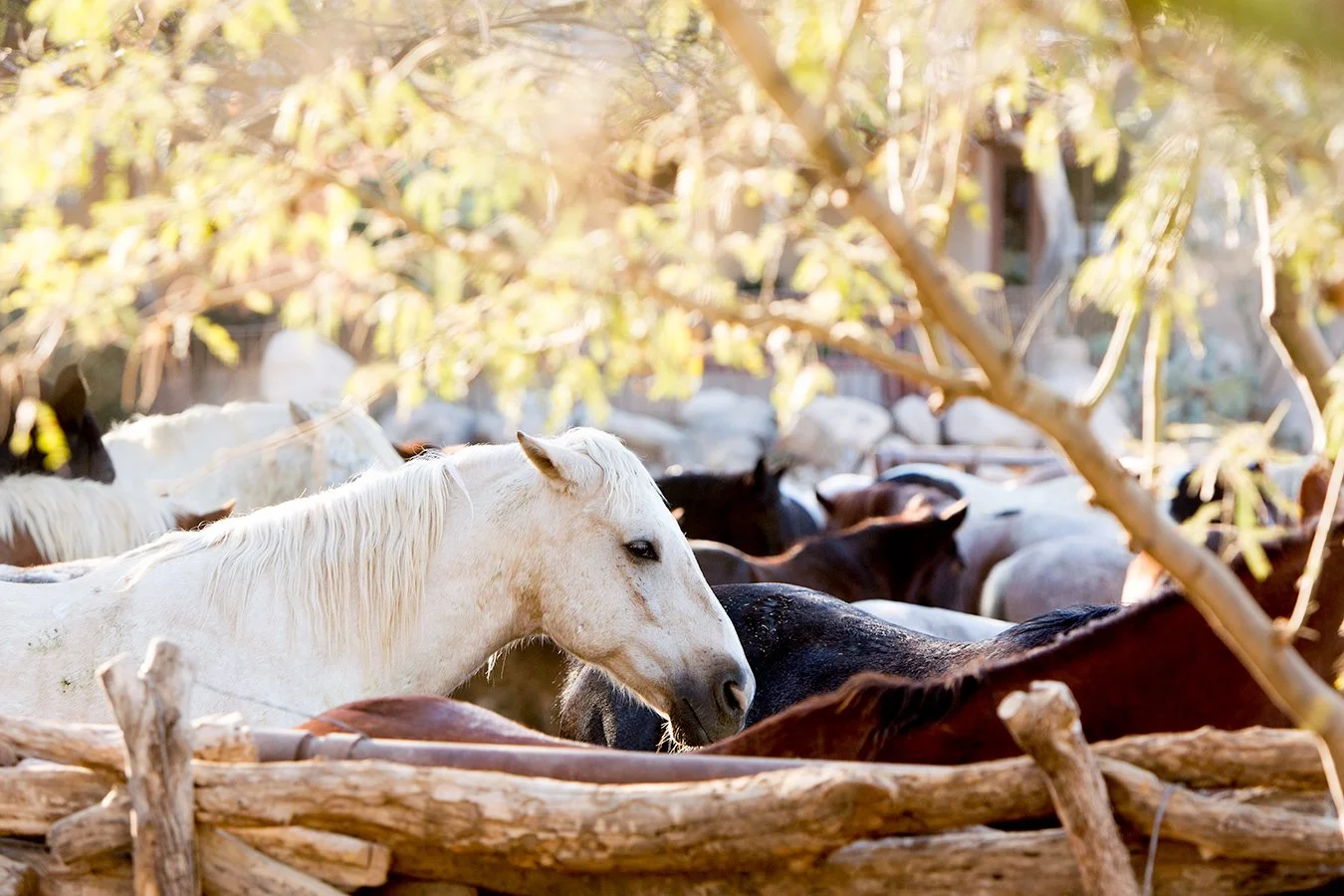Role:
digital editor + content manager
nuvo magazine
Canada’s leading luxury lifestyle quarterly positions itself as an authority on the exceptional. Through sharp, purposeful editing, crafted storytelling, and natural curiosity, it features the best of people, places, and possessions, celebrating the nuances of travel (essays on airline manners, historic hotels, and far-flung adventures), dalliances in design (horology, fine jewellery, architecture, interiors, graphics), provoking arts (master profiles, exhibitions, dedication to craft), and all clashes of culture.
getting schooled by wade davis
The Canadian explorer threads life lessons on spear raids and hallucinogenic drugs into his latest syllabus.
“Your first obligation as a student is to fill your eyes with wonder.” Wade Davis—professor of anthropology, former explorer-in-residence at the National Geographic Society, author of 17 books and counting—has the full attention of an auditorium of students at the University of British Columbia. They have come in droves to partake in his inaugural undergraduate class for the university, Anthropology 100: Introduction to Anthropology. “The idea today is not to take notes,” he instructs, “but to accept that the social world that we live in does not exist; it is just one model of reality.”
Ride on: tanque verde ranch
This was ground zero for the Old West, and today, we relive it as we ride off into the sunset.
There is a moment when you first learn to ride horseback that suddenly everything clicks. You learn to let go and trust your partner—your shoulders drop from your ears, your breath calms, the energy around you shifts from focused apprehension to sheer delight—and the trot you’ve spent hours mastering graduates to a rhythmic lope. Given my country-city roots, I should practice more composure as I slow Sedona back down to a walk, but my enthusiasm cannot be contained. This is my moment.
the merrion hotel, dublin
A part-now, part-then pedigree offers enough intrigue to lure any guest back for another stay at this period piece.
Echoes of Georgian style sound from throughout the artfully decorated Merrion Hotel in Dublin’s city centre. Generous sitting areas are lit by crystal chandeliers. Lyrical flower arrangements pop up in silver and crystal vases. Modern furniture silhouettes are wrapped in vintage print fabrics. The design is elegant and relaxed, familiar yet unexpected—as though guests were visiting the home of a friend who had made subtle and personal updates after inheriting the property, still wanting to retain the history and nuances put in place by its previous owners.
coronado, california
Had one thing not gone according to plan, it is entirely possible that none of this would be here.
After all, nearly everything that exists in Coronado is thanks to a series of fortuitous circumstances, generous patrons, and dedicated dreamers. Had it not been for these occurrences, it is unlikely that the Cape Cod–inspired beach bungalows of the last few decades would stand, with their welcoming verandas and patriotic star-spangled banners. Nor the Midwestern Victorians unassumingly placed beside them, with miniature turrets and red roofs paying homage to the grande dame hotel of the same style only blocks away. Forget the 21 parks, dedicated Navy SEAL training grounds, and 130-acre municipal golf course. Nor would the iridescent shores of the Silver Strand State Beach, named for the traces of silver seashells that blend with its white sand, be as wide.
Landscape language: edward burtynsky
Examining Edward Burtynsky’s work is an exercise in truth and consequence. We were there. We interrupted. The aftereffects are inevitable.
The exhibition, A Terrible Beauty: Edward Burtynsky, at the Vancouver Art Gallery underscores his perspectives on the significance of the land we occupy and the repercussions of human use. The presented works—44 pieces from the gallery’s permanent collection and 34 new works donated by the artist—are a culmination of 30 years of engrossing environmental studies, shown in four themes: Inhabited, Extracted, Manufactured, and Abandoned. The exhibition is enveloping, large in scale, and finitely detailed; magnetic, but weighted.
Poul Kjærholm: man of steel
One might not pick up on it by simply admiring his furniture, but Danish designer Poul Kjærholm was a true romantic.
Though he is perhaps best known for his fascination with steel, much of Kjærholm’s pieces were inspired by his muse, his wife, or more specifically, her curves. According to Adrian Pollack, a Kjærholm aficionado and sales manager at Fritz Hansen, “she had the most beautiful form, so he made all these studies of her. There is a story that they were at the beach and she got up out of the sand and left an impression, so he made a plaster mould of it, and that was the study for a lot of his moulded pieces.”
More articles for NUVO Magazine.
Editors: Katie Nanton, Kristin Ramsey, Claudia Cusano








